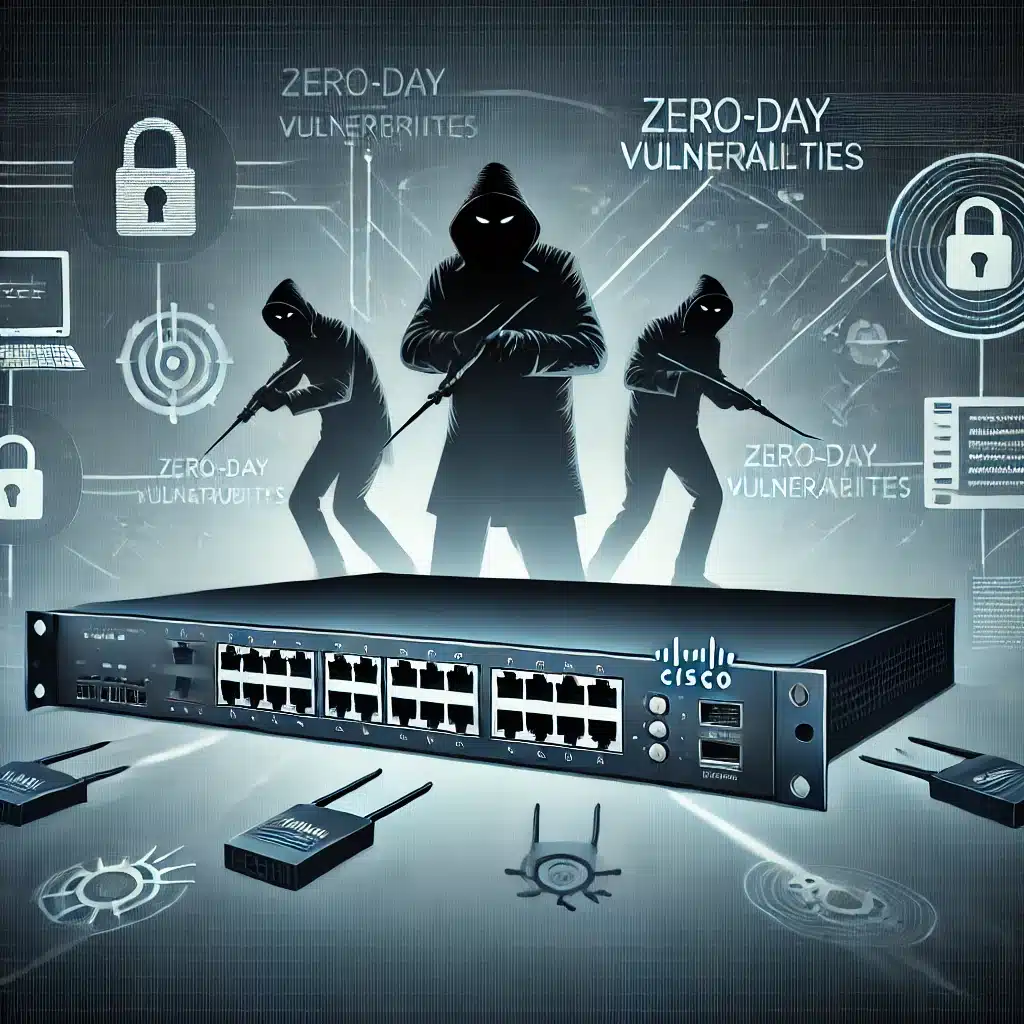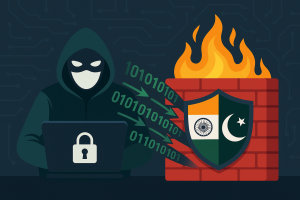Introduction
In a striking revelation, cybersecurity experts have uncovered a sophisticated attack where Chinese hackers exploited a Cisco Switches Zero-Day Exploit to deliver potent malware. This breach has sent shockwaves through the cybersecurity community, highlighting the persistent and evolving threat of state-sponsored hacking groups. Understanding the nature of the Cisco Switches Zero-Day Exploit and how to protect against such vulnerabilities is crucial for safeguarding your systems.
What Are Zero-Day Vulnerabilities?
Zero-day vulnerabilities, such as the Cisco Switches Zero-Day Exploit, are security flaws that are unknown to the software vendor. This means that there are zero days available to develop and release a patch before the vulnerability is exploited. These types of vulnerabilities are highly prized by hackers because they can be used to infiltrate systems undetected.
The Attack on Cisco Switches
In this recent attack, Chinese hackers identified and exploited a zero-day vulnerability in Cisco switches. By targeting these critical pieces of networking hardware, the attackers were able to inject malicious code and deliver malware to a wide range of systems.
How the Cisco Switches Zero-Day Exploit Worked
- Discovery: The hackers discovered a previously unknown vulnerability in Cisco’s switch software.
- Exploitation: They developed a sophisticated exploit to take advantage of this flaw.
- Attack: The exploit was used to gain unauthorized access to the switches, allowing the attackers to inject malware into the network.
- Malware Delivery: Once inside, the malware spread, compromising systems and potentially exfiltrating sensitive data.
Impact of the Cisco Switches Zero-Day Exploit
The impact of this attack has been significant. Cisco switches are widely used in various industries, from enterprise networks to critical infrastructure. By compromising these devices, the attackers could potentially disrupt operations, steal sensitive information, and cause widespread damage.
Broader Implications
This attack underscores the vulnerabilities in even the most trusted and widely used network hardware. It also highlights the increasing sophistication of state-sponsored hacking groups, particularly those linked to China. These groups are well-funded and highly skilled, making them formidable adversaries in the realm of cybersecurity.
Protecting Against Zero-Day Vulnerabilities
While it is challenging to defend against zero-day vulnerabilities due to their unknown nature, there are several strategies that organizations can employ to mitigate the risk:
Regular Software Updates
Ensure that all software and hardware are regularly updated with the latest patches. Even though zero-day vulnerabilities are not yet patched, keeping systems up-to-date can protect against other known vulnerabilities that could be exploited.
Intrusion Detection Systems (IDS)
Deploy IDS to monitor network traffic for suspicious activity. These systems can help detect unusual patterns that may indicate an exploit is underway.
Endpoint Protection
Utilize comprehensive endpoint protection solutions that include antivirus, anti-malware, and endpoint detection and response (EDR) capabilities to defend individual devices.
Network Segmentation
Implement network segmentation to isolate different parts of the network. This limits the spread of malware and makes it harder for attackers to move laterally within the network.
Security Audits and Penetration Testing
Conduct regular security audits and penetration testing to identify and fix potential vulnerabilities before they can be exploited by attackers.
Employee Training
Educate employees about cybersecurity best practices and the importance of vigilance. Human error is often a key factor in successful cyber attacks, so training can significantly enhance security.
Threat Intelligence
Stay informed about the latest threats and vulnerabilities through threat intelligence services. This can help organizations anticipate and defend against potential zero-day exploits.
Conclusion
The exploitation of a zero-day vulnerability in Cisco switches by Chinese hackers is a stark reminder of the ever-present and evolving threat landscape in cybersecurity. By understanding the nature of zero-day vulnerabilities and implementing robust security measures, organizations can better protect themselves against such sophisticated attacks. Staying vigilant and proactive is essential in the continuous battle to secure our digital infrastructure.





